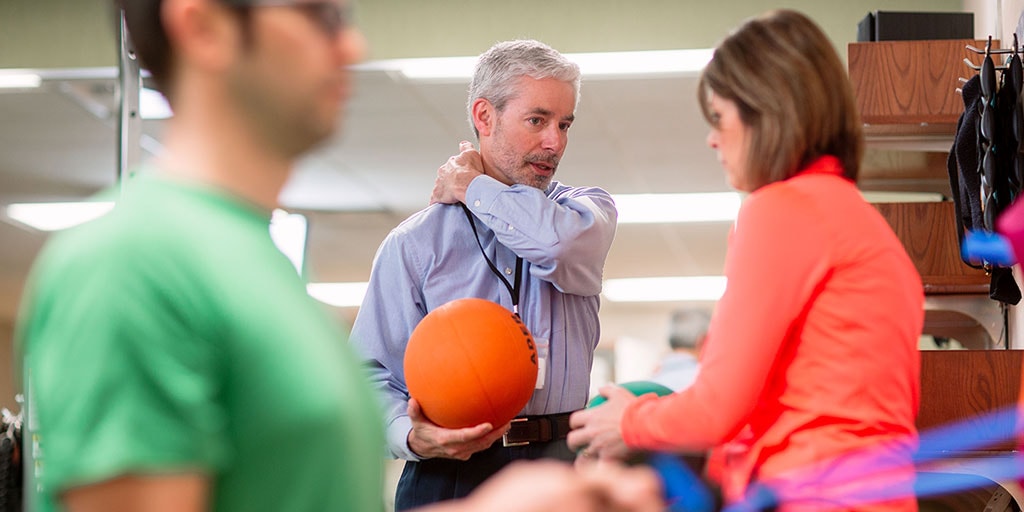Effective Approaches to Minimize the Risk of Sudden Injuries in Athletics Through Focused Preventative Strategies

Sudden traumas in sports can happen unexpectedly and frequently lead to critical problems for athletes. These injuries can vary from twists and tears to breaks and head injuries. To assist prevent these injuries, it is essential to adopt focused protective strategies. These strategies concentrate on education, proper training, equipment use, and overall health maintenance. By tackling these important areas, players can significantly reduce their risk of suffering from acute traumas while engaging in their favorite sports.
One successful method to minimizing the risk of injuries is through instruction. Players, trainers, and guardians should be informed about the common types of injuries associated with specific activities. Comprehending the mechanics of these injuries allows all involved to identify the indicators and symptoms early. Educational workshops or seminars can assist teach players about proper techniques and the importance of preparing up before matches or practices. This knowledge enables athletes to take charge for their well-being and encourages them to express any concerns about possible traumas.
Another important protective strategy is adequate preparation. Athletes should engage in a comprehensive conditioning program that focuses on developing strength, flexibility, and endurance. Strength training assists build the muscle groups that support joints, reducing the likelihood of traumas. Flexibility routines, such as elongating, can improve the range of motion and reduce the chance of muscle strains. Additionally, players should integrate sport-specific drills that simulate game scenarios, which can help them become more acquainted with the movements involved in their evidence based physical therapy chosen activity. Coaches play a crucial role in developing and executing these training programs to ensure they are secure and effective.
The use of appropriate gear is also essential in preventing acute injuries in athletics. Athletes should always wear the appropriate gear for their particular activity, including helmets, pads, and proper footwear. For instance, football players need helmets to shield against head traumas, while football players require shin guards to shield their legs from collision. It is essential that equipment is fitted properly and is maintained regularly to guarantee it provides the intended safeguarding. Trainers and parents should motivate athletes to take the time to choose and wear the appropriate gear to minimize their chances of injury.
In addition to awareness, preparation, and equipment, maintaining overall well-being is crucial for trauma prevention. Athletes should emphasize proper nutrition, hydration, and rest to keep their physical condition in top condition. A nutritious diet rich in vitamins and minerals aids support muscle recovery and overall athletic performance. Staying hydrated is also crucial, as dehydration can lead to exhaustion and increase the likelihood of injuries. Lastly, getting enough sleep is crucial for recovery and upholding focus during practices and matches. By promoting good well-being habits, athletes can improve their performance and lower their chances of suffering from acute injuries.
In conclusion, minimizing the likelihood of acute traumas in athletics requires a comprehensive method that includes awareness, adequate preparation, appropriate equipment, and overall health maintenance. By focusing on these targeted preventive strategies, athletes can better protect themselves from the dangers of injuries. Coaches, parents, and athletes all have important roles to play in fostering a secure athletics environment. By cooperating together and emphasizing protection, the pleasure of athletics can persist without the disruption of serious traumas.